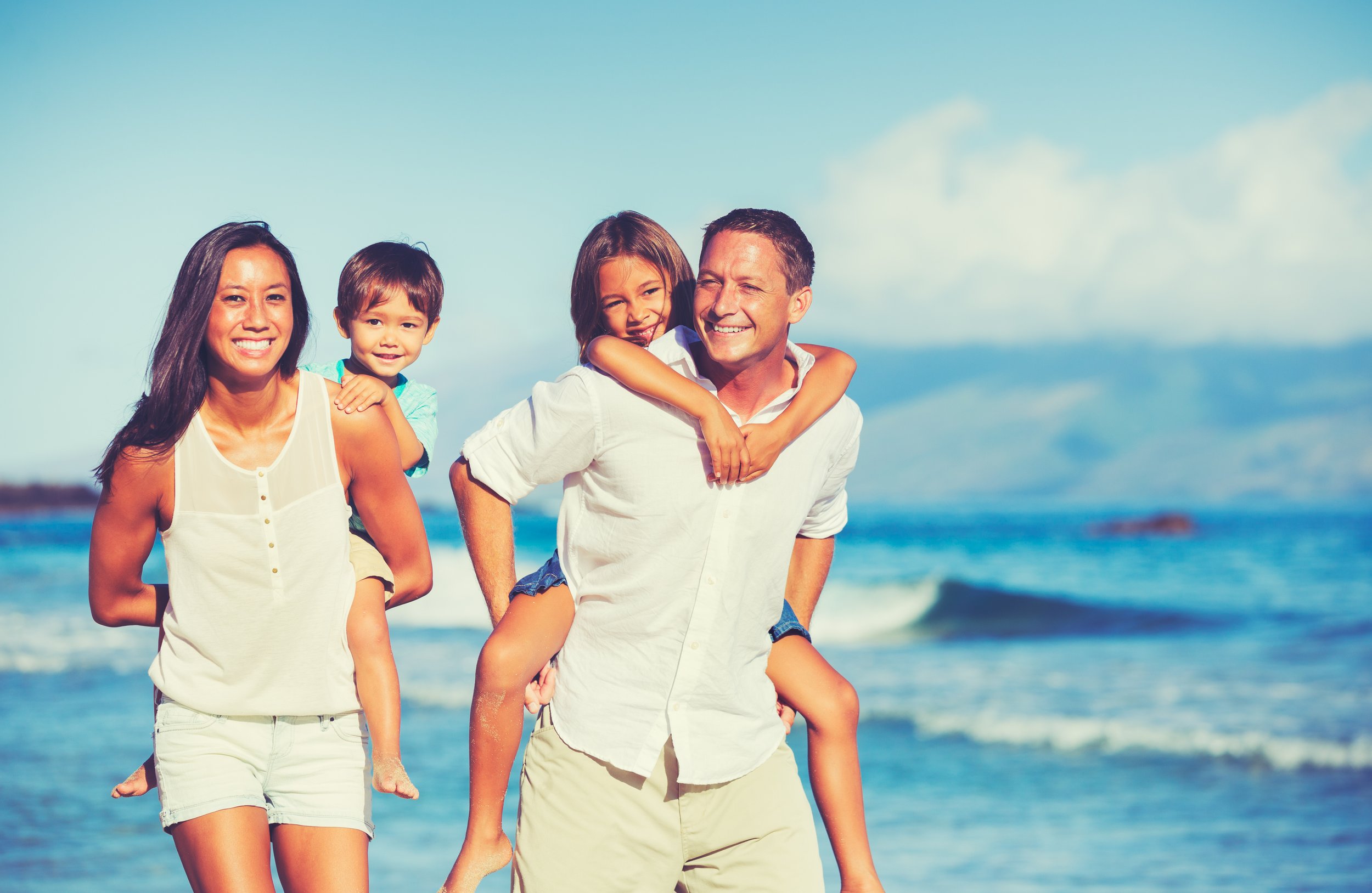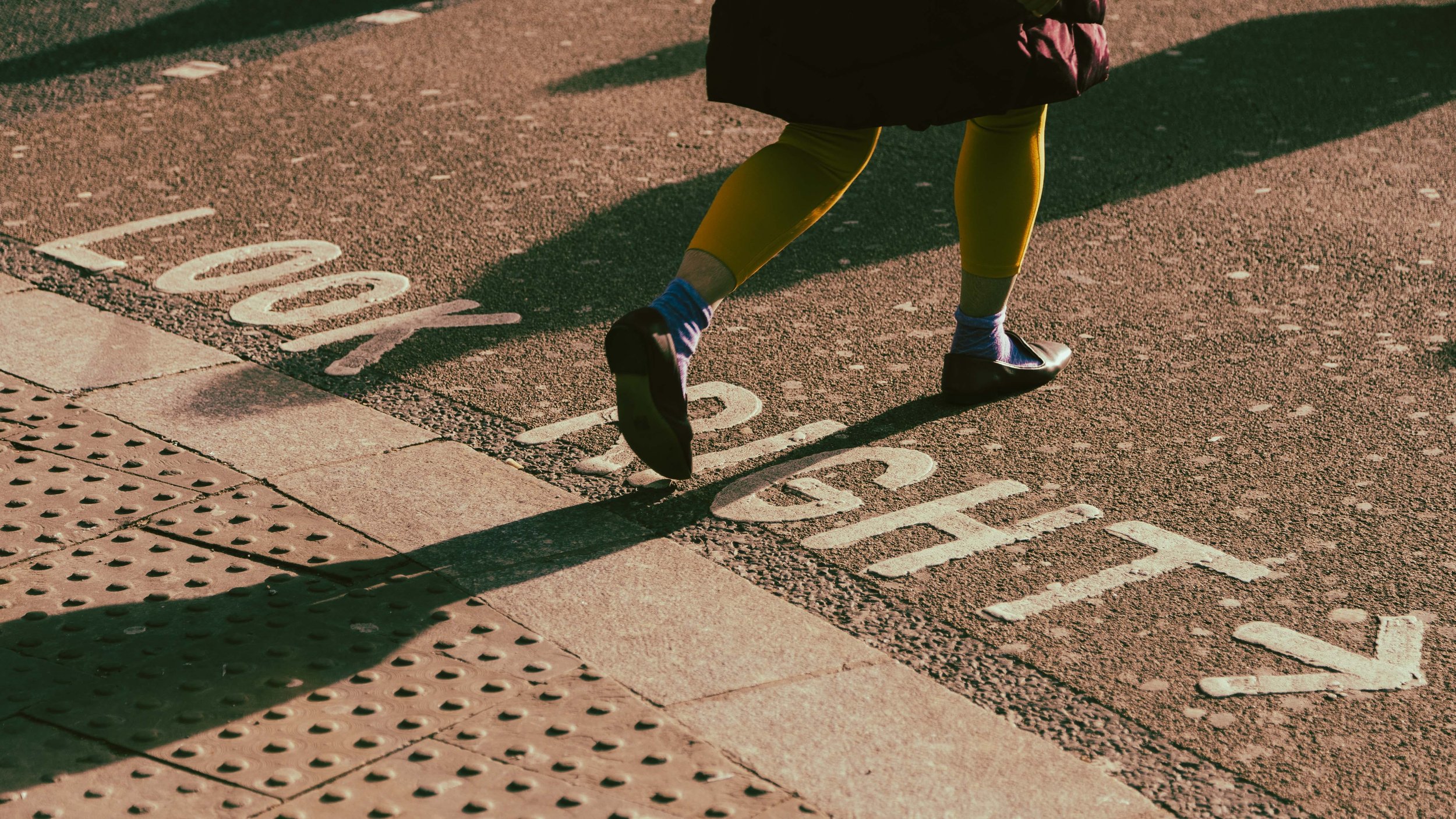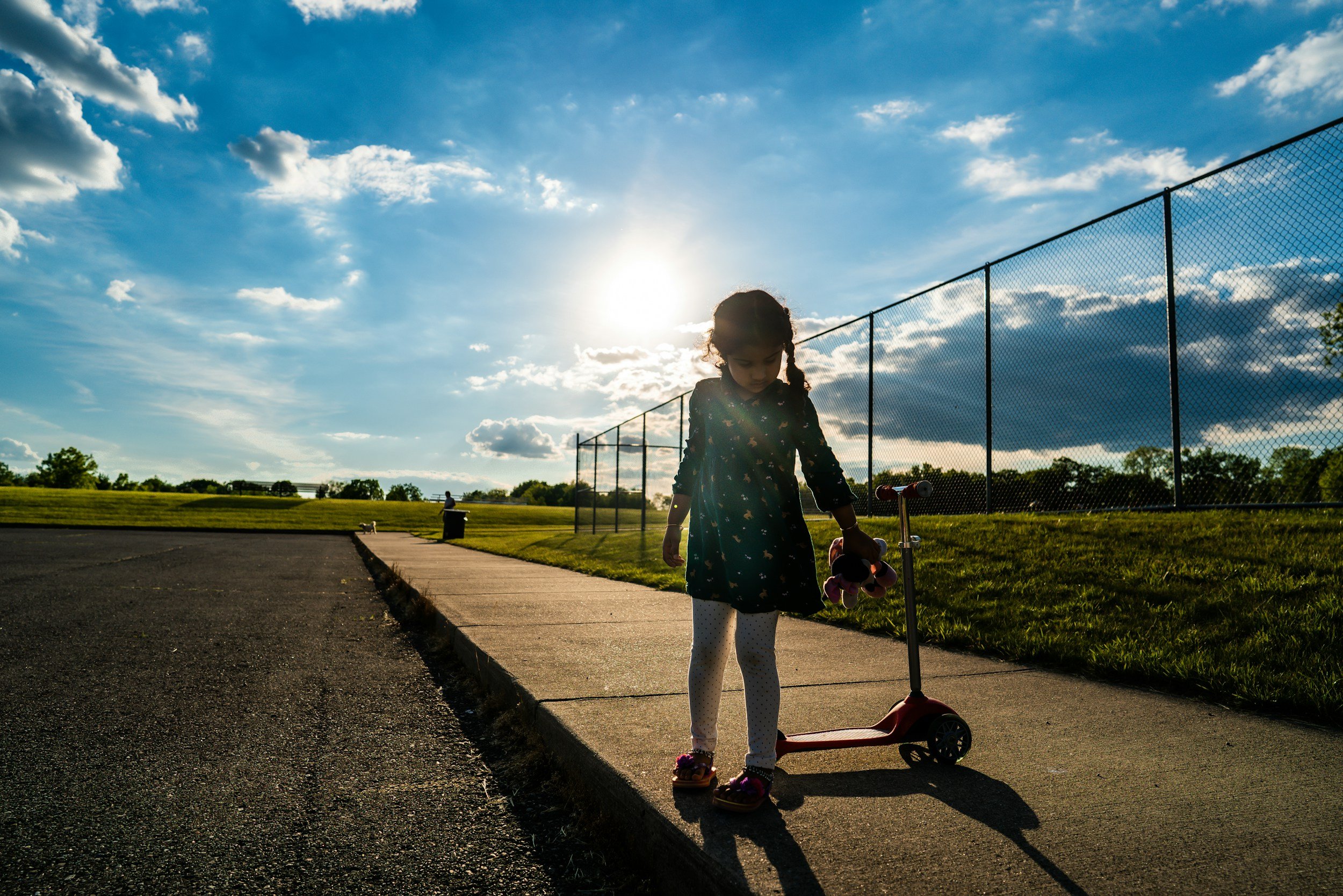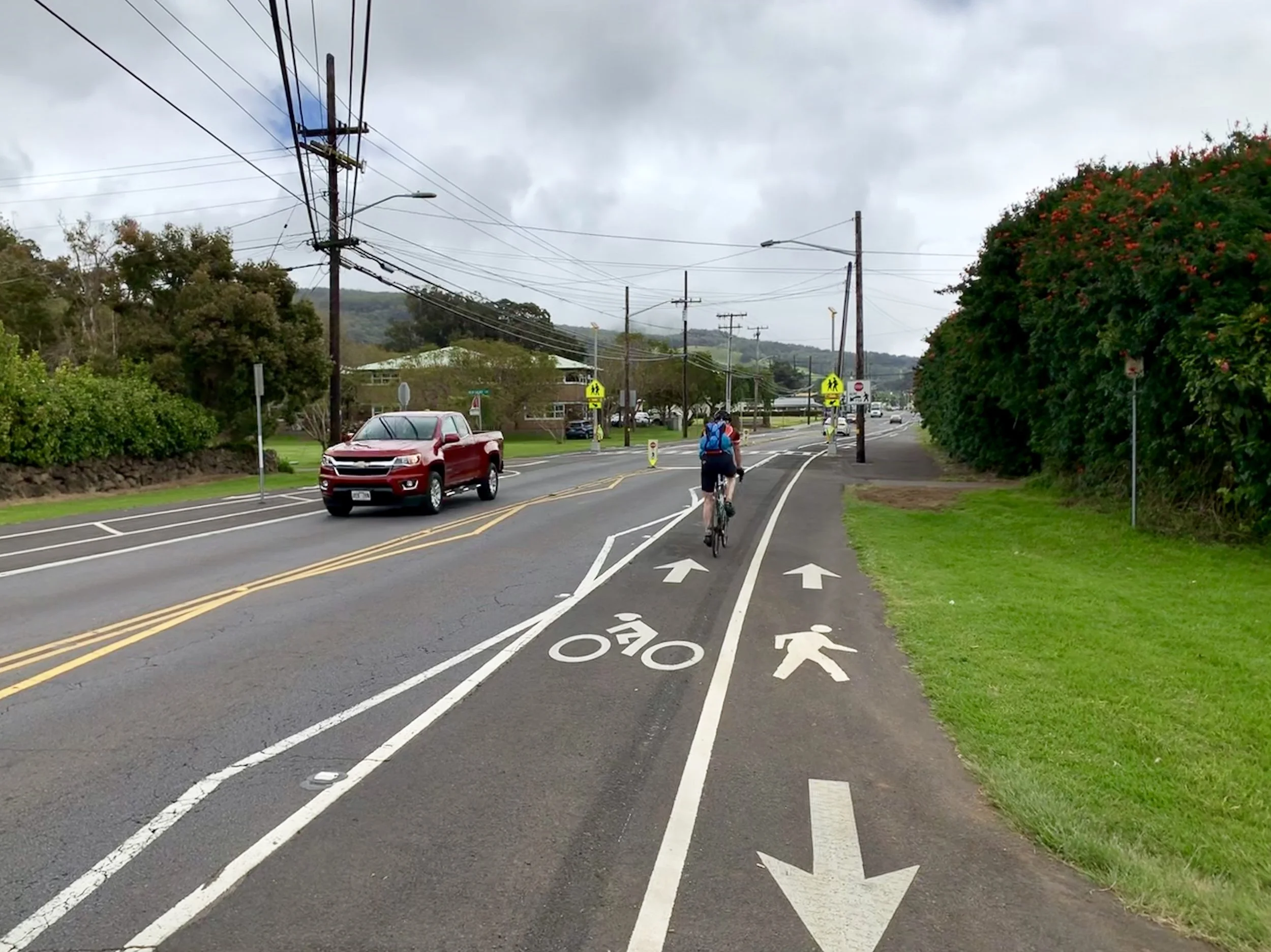
Lighting the way to safer streets in Waipahu and ʻEwa
Residents in these Leeward neighborhoods are about to make their bus stops and crosswalks safer in a project led by the Hawaiʻi Appleseed Center for Law & Economic Justice, aided with federal grant money.

How parking spot mandates affect affordable housing in Honolulu
Parking mandates can have a large impact on affordable housing projects, according to a report by the Hawaiʻi Appleseed Center for Law & Economic Justice.

Can Hawaiʻi turn around another deadly year on the roads?
An executive order emphasizes enforcement and safety education, but data shows infrastructure is also a major factor in many fatal accidents.

State fund aims to get more kids walking to school. Will they be safer?
The funds won’t be released until early next year, but the transportation department is looking at ways to expedite processes so work can begin within four months of receipt.

Bill 53 would increase Oʻahu housing costs
Reinstating parking mandates for developers in Honolulu means choosing cars over people and asphalt over affordability.

Oʻahu wants to crack down on homeless bus riders
While part of the bill addresses homelessness in public transit—a feature of urban life almost everywhere—it lacks the coordination found in some other cities.

Economic prosperity rises from the bottom up
The Hawaiʻi Appleseed Center for Law & Economic Justice looks at the recent legislative session's hits and misses in this Community Voice column for Aloha State Daily.

Should jaywalking be allowed? State lawmakers are considering a pilot program
Hawaiʻi issues thousands of jaywalking tickets per year, but pedestrian fatalities are still on the rise, highlighting the need for better safety measures.

Registration tax could increase for Hawaiʻi vehicles over 4,000 pounds
State lawmakers are considering increasing the tax on registering large vehicles to fund the Safe Routes to School Program.

Promote safety, sound budgeting and equity through jaywalking reform
Senate Bill 106 presents an opportunity to modernize our pedestrian laws.

Lawmakers consider delivery fees to support pedestrian and biking infrastructure
The fee would tack on $0.50 to businesses for non-food deliveries, and the fees collected would go into the state's Safe Routes to School special fund to pay for safety projects.

Hawaiʻi is over-dependent on cars. Can the state spend more on alternative transportation?
Between 2019-2024, the Hawaiʻi DOT spent almost two-thirds of its capital improvement budget on projects that increase vehicle transportation, a pattern of spending that leads to more traffic, higher emissions, and fewer options for people who don’t drive.

On right path with bikeways, walkways
Reducing vehicle travel can improve air quality, cut greenhouse gas emissions, reduce traffic congestion and enhance public safety.
